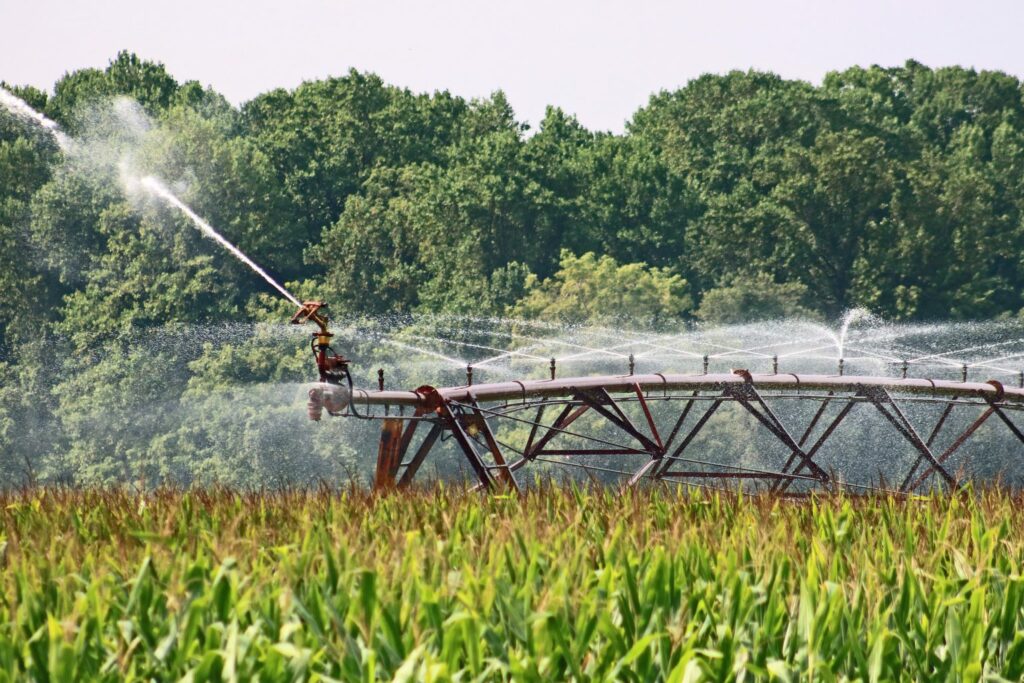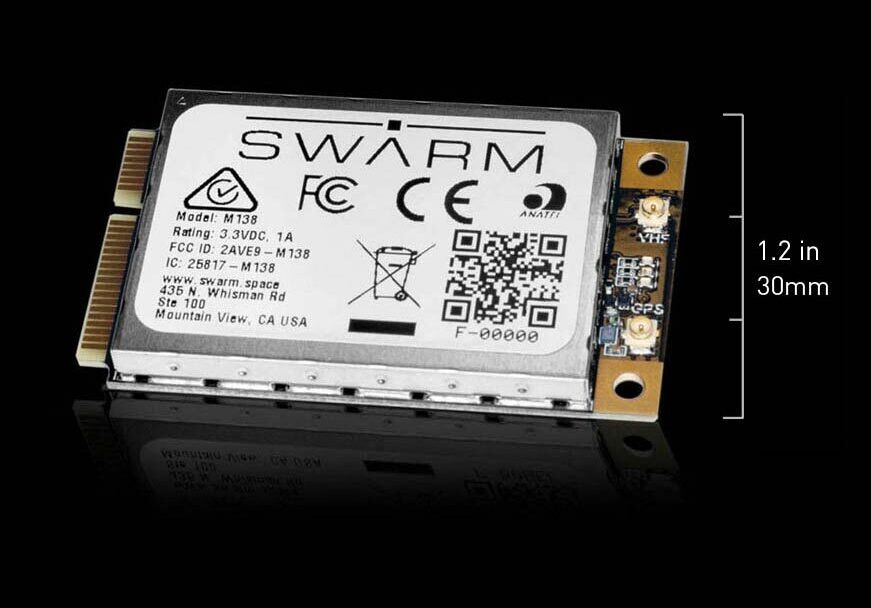
Using in-field data to achieve groundwater sustainability
February 23, 2021
Groundwater, water held underground in the soil or rock, is one of California’s most precious and contentious resources. Due to California’s climate and long-lasting droughts, roughly 85% of California’s population and much of its $50 billion agriculture industry relies on groundwater, as opposed to surface water, as their main water source. In an attempt to distribute this resource fairly and sustainably, groundwater is becoming increasingly regulated. Water managers, who are responsible for local adherence to these regulations, need accurate and reliable data about groundwater location, volume, replenishment, and usage now more than ever to ensure they are complying with these new laws.
New tools are emerging to gather data on groundwater availability and use. In-field connected devices and smart sensors measure, analyze, and forecast everything from precipitation to evapotranspiration. SweetSense, a provider of low-cost remote water monitoring solutions, is using their pump monitoring devices to measure and relay on-the-ground (or really “in-the-well”) data that is accurate and easy for water managers to understand and incorporate into their decision-making process.
When sensors are deployed in remote areas, transmitting that data from the field back to the Internet can be a challenge. SweetSense has partnered with Swarm Technologies to ensure that the vital data they collect is reliably transmitted where it needs to go to help inform critical decision-making.
When sensors are deployed in remote areas, however, transmitting that data from the field back to the Internet can be a challenge due to the lack of low-cost globally available connectivity solutions. To address this, SweetSense has partnered with Swarm Technologies, the lowest-cost available satellite connectivity provider. Swarm’s global coverage keeps SweetSense’s devices connected no matter where they’re located, and ensures that the vital data they collect is reliably transmitted where it needs to go to help inform critical decision-making.
The need for accurate data
California’s Sustainable Groundwater Management Act (SGMA) requires water managers to bring their regions into compliance with sustainability standards by 2040 or else face stiff fines and risk losing local control over groundwater. Most regions are still in the process of developing their Groundwater Sustainability Plans and require access to accurate data to complete them. Unfortunately, the current groundwater data landscape is fragmented, unscientific, and frustrating – the result of years of disjointed oversight by various agencies and special interest groups. Water managers seeking to collect useful data to meet SGMA standards face major challenges, including a lack of standards across datasets and a lack of reliable in-field data sources.
Fortunately, there are a number of new initiatives emerging to help address these pain points and balance economic feasibility with environmental sustainability. The California Data Collaborative, for instance, is working to advance common data standards, and the Environmental Defense Fund’s OpenET project is helping farmers and water managers accurately and cost-effectively track water consumption using remote data from imaging satellites and weather stations.
Data from the field
Despite these advances, there are still few in-field solutions designed to measure the quantity of existing groundwater or monitor its extraction. SweetSense is using its innovative monitoring devices to collect more accurate data straight from the pump and deliver it straight to decision-makers.

Many wells currently require in-person manual readings to collect data on water volume or pumping. Human error and out-of-date systems mean this data is often inaccurate or incomplete, something SGMA protocols won’t tolerate. SweetSense is able to gather accurate pumping volumes by attaching their low-cost monitoring devices at the pump. These devices provide water managers with accurate, complete, and up-to-date reporting information that they can pass along to SGMA regulators.
Reliable, accurate, and low-cost global data transfer
Gathering accurate data to meet the SGMA requirements is only half the battle. The data still needs to be transmitted from field sensors back to the water managers who are analyzing it. SweetSense turned to Swarm to handle this critical piece of the equation. In 2019, with the help of The Freshwater Trust (TFT) and IBM, the first pilot system of Swarm-enabled SweetSense sensors were installed on groundwater pumps in California’s Sacramento San Joaquin River Delta. These sensors used blockchain to accurately measure groundwater usage transparently, and in real-time.
Swarm’s network of satellites provides 100% global coverage, allowing SweetSense’s devices to transmit data no matter where the pumps are located. Swarm’s low-cost hardware and data service also mean that SweetSense can spend less to transmit their data, and water managers can stay compliant without breaking the bank.
Swarm’s network of satellites provides 100% global coverage, allowing SweetSense’s devices to transmit data no matter where the pumps are located. Unlike terrestrial networks that can be knocked out by weather or man-made events, Swarm’s space-based system offers greater reliability. Finally, water managers often cannot afford to spend large amounts of money to gather or transmit groundwater data. While satellite communications have historically been prohibitively expensive for use cases like groundwater management, Swarm’s low-cost hardware and data service mean that SweetSense can spend less to transmit their data, and water managers, in turn, can stay compliant without breaking the bank.
Data is all around
The world we live in, especially a world in which the Internet of Things (IoT) grows every day, is full of data. This presents great opportunities, but only if that data is able to be both accurately gathered and reliably transmitted to its final destination for consumption. When it comes to groundwater management, SweetSense is tackling the first piece, and Swarm is ensuring the second. This partnership provides water managers across California with a reliable and low-cost solution to help them meet sustainability standards.
Check out more from our series with SweetSense: Building a satellite-enabled drought resilience network and Groundwater pump monitoring saves energy and money.


